Now that comet 67P/Churyumov-Gerasimenko is within our reach, Rosetta’s mass spectrometer COSIMA, managed by the Max Planck Institute for Solar System Research in Germany, is beginning to reach for cometary dust. Literally.
On Sunday 10 August 2014, COSIMA will expose its first of 24 targetholders aiming to collect single dust particles. This might take a while. After all, from dust particle modeling, 67P/C-G’s coma is still comparable to a high-quality cleanroom. But, as 67P/C-G travels closer to the Sun along its orbit, the comet’s activity will increase and more dust will be within reach. For now, we are planning to keep the target exposed for one month, but checking on a weekly basis if the model predictions are not too low and if we are lucky.
COSIMA’s targets were developed and prepared by the Universität der Bundeswehr in Germany. Each of these targets measures one square centimetre. It consists of a gold plate covered by a 30 µm thick layer of “metal black” (gold in this case), which has a very low albedo due to its high porosity.
Tests in the laboratory have shown that this layer should decelerate and capture cometary dust particles impacting with velocities of ~100 m/s. The grazing incidence illumination by LED’s combined with the very low albedo of the target will provide high contrast for collected cometary grains, in particular if they stick out of the “gold black” layer.
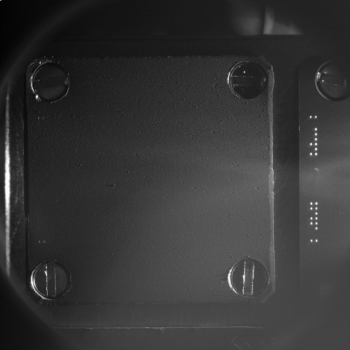
COSISCOPE image of the first target taken on 19 July 2014 (before the exposure, on 10 August, for cometary dust collection). The 1×1 cm target consists of a gold plate covered with a thin layer (30 µm) of gold nanoparticles (“gold black”). Illumination is by two LEDs, from the right side in this case. The bright dots on the vertical strip on the right side are used for target identification and for defining the coordinate system. Credits: ESA/Rosetta/MPS for COSIMA Team MPS/CSNSM/UNIBW/TUORLA/IWF/IAS/ESA/BUW/MPE/LPC2E/LCM/FMI/UTU/LISA/UOFC/vH&S
As a reference, an image of this target has been obtained before cometary dust exposure on 19 July 2014 by the COSISCOPE camera, COSIMA’s built-in microscope which was developed by Institut d’Astrophysique Spatiale (CNRS/Université Paris Sud, France).
The image shows…. well, basically nothing. But that’s the point. We will identify the dust grains we collect on the target’s surface by comparison with this empty target. The COSISCOPE microscope will take new images every week from now onwards.
The grains we identify will then be analysed in mid-September, thus providing the first in-situ analysis of cometary grains with a high mass resolution. COSIMA uses the method of Secondary Ion Mass Spectrometry. This means that the dust particles are in for quite a ride! They will be fired at with a beam of Indium ions. This will spark individual ions (we say secondary ions) from their surfaces, which will then be analysed with COSIMA’s mass spectrometer.
All in all, this will help us understand what material cometary dust is made of, and that is the major science goal of COSIMA.
This guest post was contributed by the COSIMA team at the Max Planck Institute for Solar System Research in Germany.

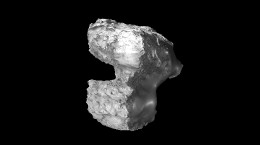
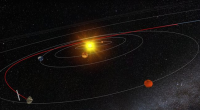
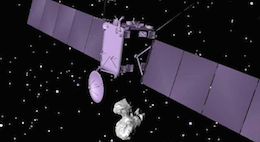
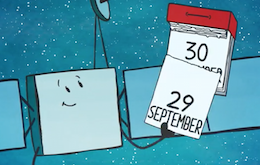
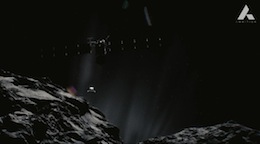
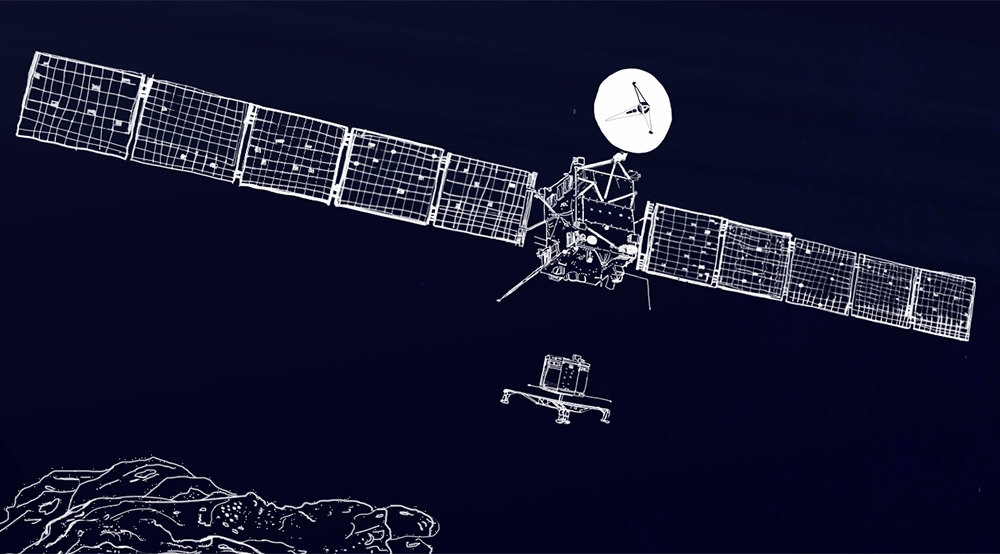
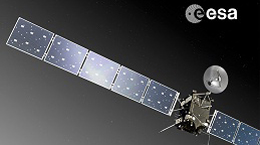
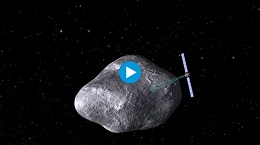
Discussion: 21 comments
Thanks a lot for letting us all participate in this wonderful mission! This is science from it’s best. Can’t wait for landing day, cross my fingers! …btw. the figure caption should read 30um and not mm. Otherwise rosetta would have to carry quite some gold 😉
Indeed, that would be an awful lot of gold, and would increase the mass of Rosetta enormously 😀
Do you think it’s microns? I would have expected 30 nm… mmh…
Yep, great science!! :))
Hi Sandro,
Indeed, thanks for spotting the typo! It’s been corrected now.
Best wishes,
Claudia
To know a bit more about the COmetary Secondary Ion Mass Analyzer (COSIMA) onboard Rosetta, see for example (Kissel et al., Space Science Reviews, 2006):
https://www.lisa.univ-paris12.fr/GPCOS/Hc/CosimaSSR.pdf
And from a recent workshop (CNRS/IN2P3/IAS Orsay, July 2014, partly in French) :
https://ipnwww.in2p3.fr/IMG/pdf/andro_ws3_3_y_langevin.pdf
I’m waiting forward to receive pictures of this comet!
If dust reaches the target soon, why will it not be exposed to testing until September? Is there a process it needs to go through first that requires waiting?
What is the size of this comet? Will the Rosetta stay on the comet when it goes by the sun?
Find out just about anything you might want to know about comet 67P/Churyumov-Gerasimenko at https://en.wikipedia.org/wiki/67P/Churyumov–Gerasimenko
Rosetta is scheduled to escort comet 67P/Churyumov-Gerasimenko until December 2015.
3.5×4 km (2.2×2.5 mi)
Mass 3.14±0.21×1012 kg
Yes, Philae will hopefully remain on the comet and Rosetta will remain in orbit and 67P rounds the sun next year.
And for some detailled but popular-level descriptions of this fascinating instrument – most of them written by me, around launch time – see https://vh-s.de/projects/space-instruments/cosima-rosetta.html
Thank you for sharing science with us !
It’s a very good idea to post detailed articles about every instrument embedded in Rosetta. Each of them is important, even if the results are not as much explicit and spectacular as Navcam or Osiris pictures…
I hope every instrument will have its hour of glory !
Brilliant mission, very exciting. 163
These are really interesting reports, written in language (s) we can all understand. Not only is it a successful mission, but Rosetta is living up to it’s namesake by explaining new facts and concepts we would never have known otherwise. All the above comments show how exciting new learning can be. Thanks for bringing us aboard, Rosetta scientists and very crafty blog editors and writers.
Will it be possible to use targetholders
for more than one period – in particular
those who remain almost empty
during their first session?
Yes, it is possible to use targetholders for more than one period, the COSIMA target handling robot handles that based on the commands we uplink to COSIMA….
Excellent. Will be fascinating to see the particles from the comet, this is a well thought out and beautifully designed / built experiment, really like the rest of the Rosetta Spacecraft.
Like that test image, shows the experiment is working fine.
Whilst we all love the NAVCAM and OSIRIS images, please keep us informed on this too.
We are going to learn so much, Rosetta already has shown us many wonders, new insights on familiar bodies like Earth, the Moon and Mars, as well as showing us in tremendous detail very unfamiliar bodies, 2867 Steins, 21 Lutetia and now 67P/Churyumov-Gerasimenko .
I have an excellent feeling about Philae as she was built and tested to the same exemplary standards as Rosetta.
Two Questions:
1. Rosetta will be flying in front of the comet for the next bit of the trajectory, how will it be able to capture comet dust while the comet is still trailing?
2. COSIMA’s targets are capable of capturing comet dust particles impacting with speeds up to ~100 m/s, but what speeds are we expecting when Rosetta is basically at “walking pace” travelling with the comet?
Rosetta is presently in a so-called terminator orbit, ie perpendicular to comet nucleus – sun line. The dust grain velocity is expected to be size dependent (acceleration by the coma gas in the inner coma…), so heavy dust grains are “slow” and small grains are “fast”. Pretty soon we will know if that is just a theory or true for C_G…..259
The expected dust flux is low, hence we expose the target for 4 weeks so as to maximize the chances of collecting many grains. However, the targets will be imaged after each week so as to know when (hence where) each grain has been collected around the comet
Fantastic science mission. i wish you all the success your team deserves. Should be very exciting and interesting to see the results.